Top 10 Things to See When Visiting Versailles

- The Chateau of Versailles
It will probably take days to fully explore the chateau. Total number of rooms: 2,300! Definitely not something you can do in one day. Still, if you only see parts, you’ll surely have a better appreciation of art and glamor. Originally a hunting lodge owned by the father of Louis XIV, it was converted into a residence in the late 1600’s. It was an opulent symbol for the extremely fancy world of King Louis XIV.
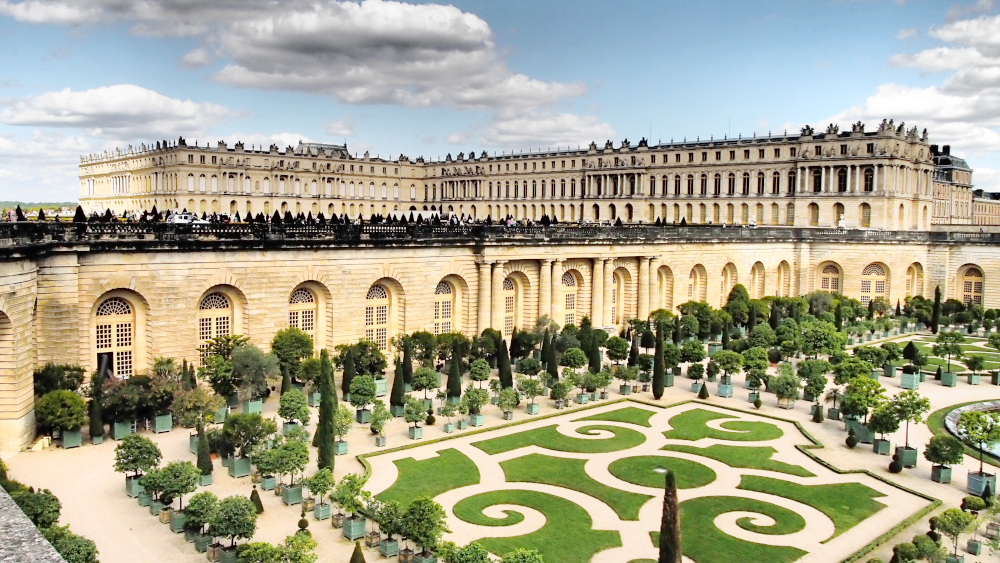
2. The Gardens of Versailles
An UNESCO World Heritage Site and well worth the visit. Stroll thru the well-manicured lawns, lush gardens, wild greenery, sculptures and rare flowers. This allows you to experience life in a French royal court. They are beautiful any time of year, but Spring and Summer walks come with evening fountain shows that are a must see.
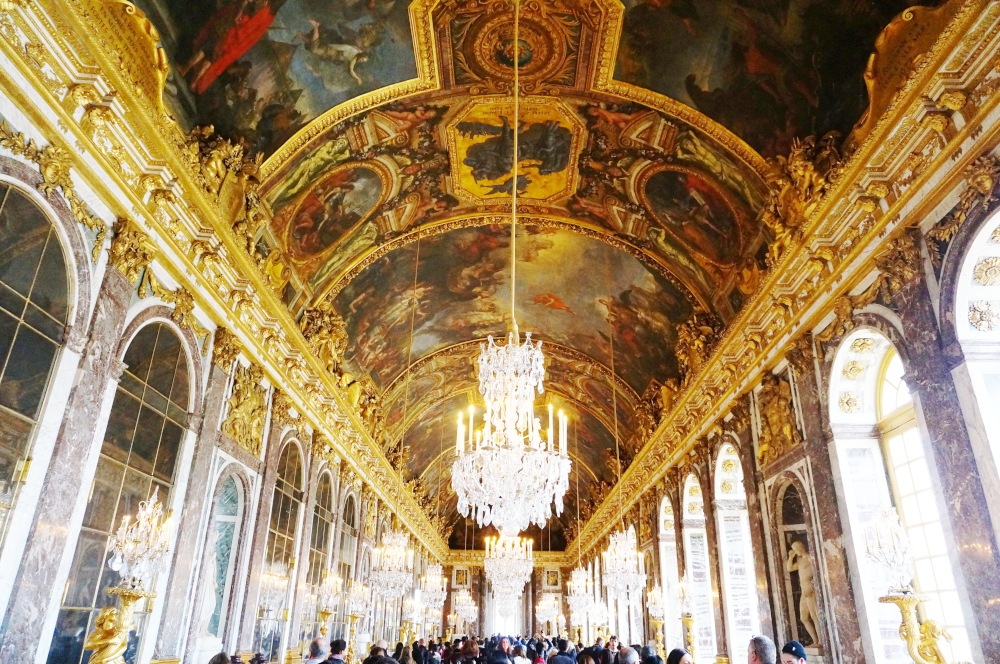
3. Hall of Mirrors
If pressed for time and you need to see just one attraction inside the chateau, make it the Hall of Mirrors. This is a meeting area and passageway that connects the apartments of the king and queen. Decorated with 350 mirrors, along 17 mirrored arches. The set up creates a gold and crystal effect. Go early to avoid the crowds and enjoy the full sparkle it presents.
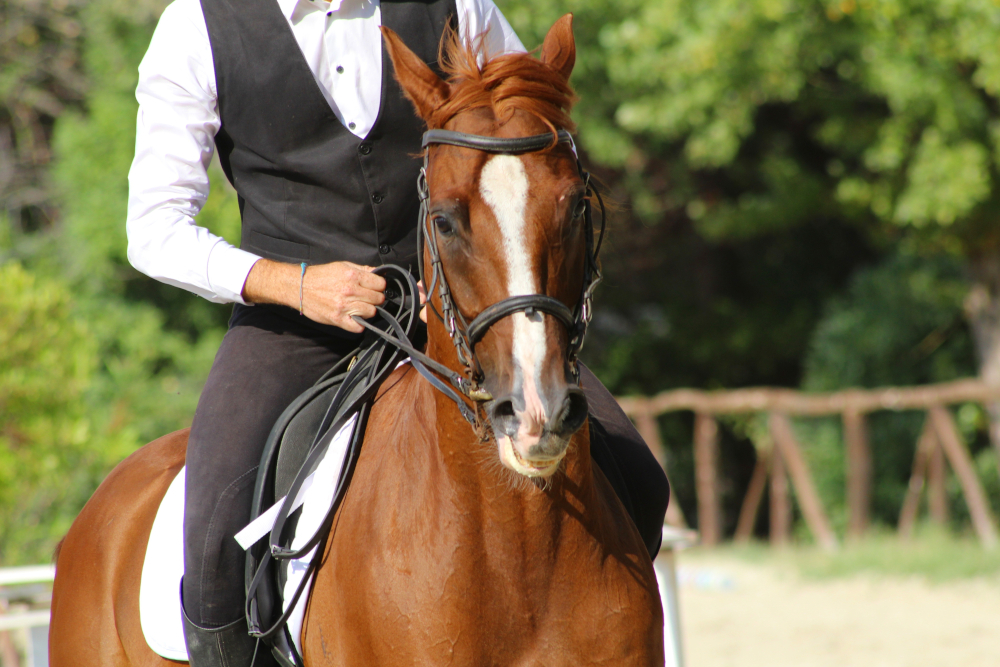
4. Versailles Academy of Equestrian Arts
A unique thing to do in Versailles involves an elegant sport that’s quite fun to watch-equestrian. It is headed by Bartabas, who also started the world’s most spectacular equestrian circus ballet. It’s one of the few places that teaches equestrian choreography and dressage. The week-end is the best time to visit as there are demonstrations and equestrian shows. These events feature academy trained riders and the choreography is amazing.

5. Gallery of Battles
One of the most impressive galleries in the palace. Louis-Philippe I, created this gallery to glorify the French military efforts in the series of historical events which line every wall. These paintings are incredible in the size and patriotic vibe. This is a wonderful place to take in the talent of massive artworks celebrating French history.
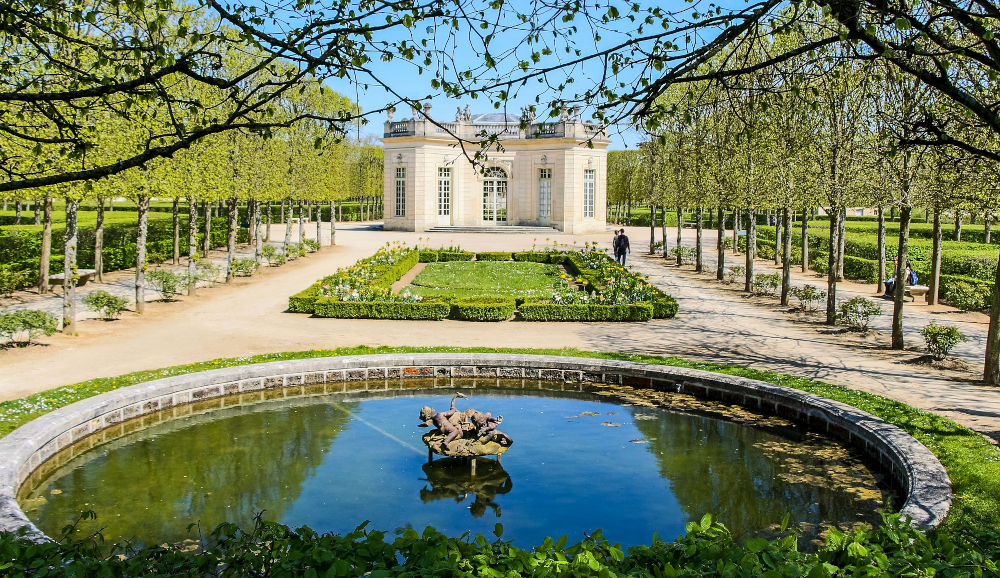
6. Petite Trianon
In 1758, Louis XV decided there still weren’t enough palaces on the Versailles estate and began constructing another one. This one intended to be big enough to house the king and his royal entourage. Unfortunately, in April 1774, King Louis XV felt his first symptoms of smallpox at his new residence and died only a few days later. This pushed his son Louis XVI into the limelight, and he decided to give the Petit Trianon to his young bride Marie Antoinette as a gift.
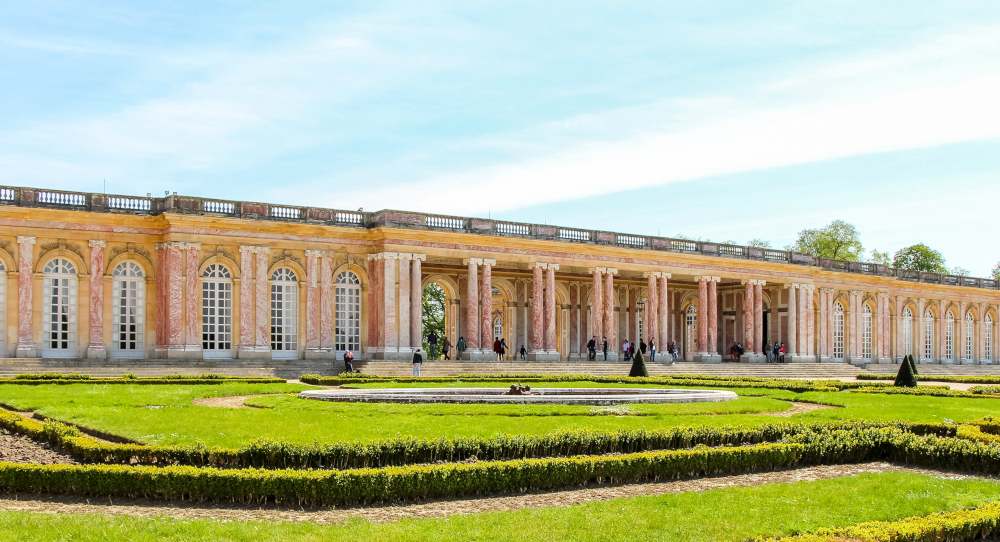
7. Grand Trianon
The Palace of Versailles was so opulent that Louis XIV constructed another palace to get away from the craziness of the main palace and his court. He also needed a place to be with his mistress: Madame de Montespan. The architect Jules Hardouin-Mansart called it, “A little palace of pink marble and porphyry, with marvelous gardens.” Supposedly Louis XIV had set very strict guidelines for what he wanted to build and Mansart followed them exactly.

8. Place d’Armes & The Gate of Honour
You really can’t miss this part of it, the gates are not original to the Palace, those were torn down during the French Revolution and replaced in 2008. It’s fitting that this is the first thing you see in Versailles and defines the palace as the opulent estate it truly is.
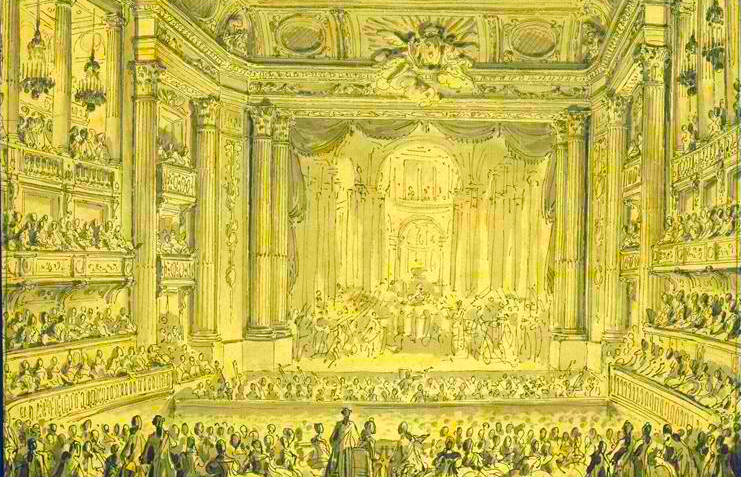
9. The Royal Opera
At the time of it’s inauguration in 1770, it was the largest concert hall in Europe. An inpressive techincal achievement with movable floors and hall that could be transformed for different uses.
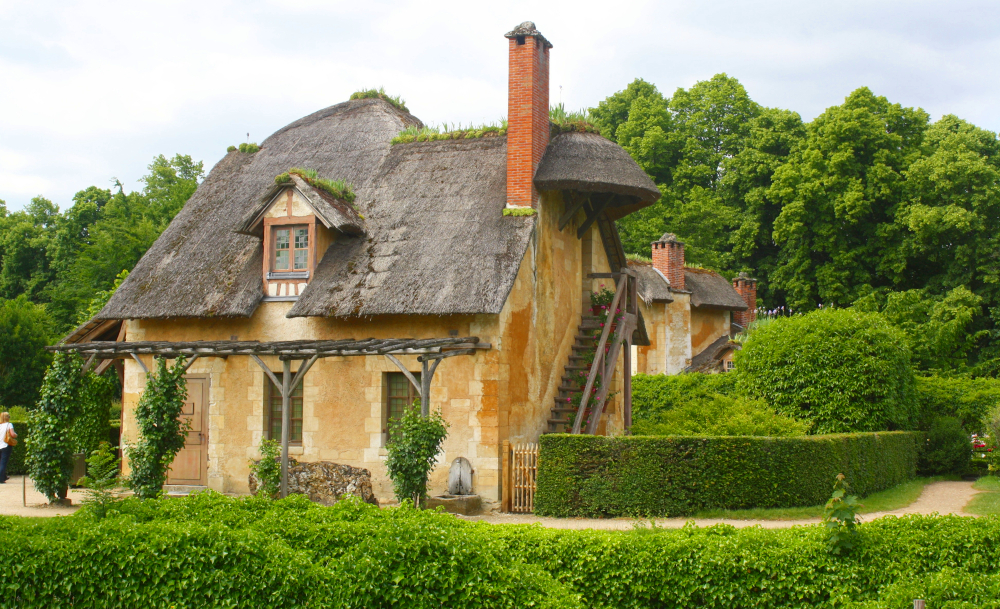
10. The Queen’s Hamlet
Out of everything that you will see at Versailles, nothing will really prepare you for the Queen’s Hamlet. When you think of Versailles, the first words that come to you are probably “extravagance and lavishness”. It’s a common belief based on reality.
So it may come as a surprise that, at first glance, the Queen’s Hamlet would seem to contradict that entirely—until you understand that this Hamlet was commissioned by Marie Antoinette solely for her to experience what it was like to live in a peasant hamlet.
The queen would take relaxing walks here and imagine she was a commoner, although naturally, she would never actually work like a commoner. When many were starving in poverty in Paris, a popular saying to underscore Marie Antoinette’s lavish life was “Let them eat cake.”
During the French Revolution, the Queen’s Hamlet fell into disrepair. Napoleon later restored most of the area and gave it as a gift to his wife Marie Louise. This was a bit ironic and also symbolic since she was the grand-niece of Marie Antoinette!
The hamlet is defined by five features you should see:
- The Windmill: Never used to grind grain, but just to have the look of a farm.
- Marlborough Tower and Working Dairy: A functioning dairy farm where they could enjoy cream and cheese.
- The Guard House and Dovecote: The house of the Queen’s guard and also where they grew hens and pigeons.
- The Boudoir: A small house to host guests and to eat.
- The Queen’s House and the Stove Room: A house solely for the Queen where she could host guests or have a rest.
Have we piqued your interest in visiting Versailles? We can curate your best trip with private guides to show you its unique history and grandeur. Let Donna Salerno Travel help with your trip to Paris, Versailles & beyond!
Discover your world and it’s treasures. For more travel inspiration connect with us on X, LinkedIn and YouTube

Donna
Donna Salerno Travel
888-777-7820
Why Choose a Travel Specialist?
A Travel Specialist is one who has spent years acquiring industry skills and connections and who will provide ‘peace of mind’ when you’re traveling, so you can simply relax and enjoy the trip.
The real question is, why wait?
